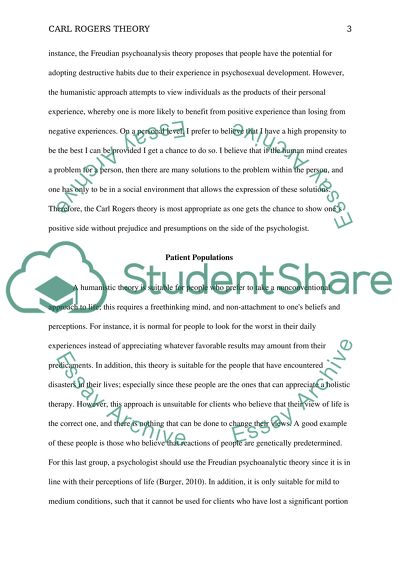Cite this document
(“Paradigm Paper: Favorite psychological theory for understanding and Thesis”, n.d.)
Paradigm Paper: Favorite psychological theory for understanding and Thesis. Retrieved from https://studentshare.org/psychology/1590119-paradigm-paper-favorite-psychological-theory-for-understanding-and-treating-mental-illness
Paradigm Paper: Favorite psychological theory for understanding and Thesis. Retrieved from https://studentshare.org/psychology/1590119-paradigm-paper-favorite-psychological-theory-for-understanding-and-treating-mental-illness
(Paradigm Paper: Favorite Psychological Theory for Understanding and Thesis)
Paradigm Paper: Favorite Psychological Theory for Understanding and Thesis. https://studentshare.org/psychology/1590119-paradigm-paper-favorite-psychological-theory-for-understanding-and-treating-mental-illness.
Paradigm Paper: Favorite Psychological Theory for Understanding and Thesis. https://studentshare.org/psychology/1590119-paradigm-paper-favorite-psychological-theory-for-understanding-and-treating-mental-illness.
“Paradigm Paper: Favorite Psychological Theory for Understanding and Thesis”, n.d. https://studentshare.org/psychology/1590119-paradigm-paper-favorite-psychological-theory-for-understanding-and-treating-mental-illness.


